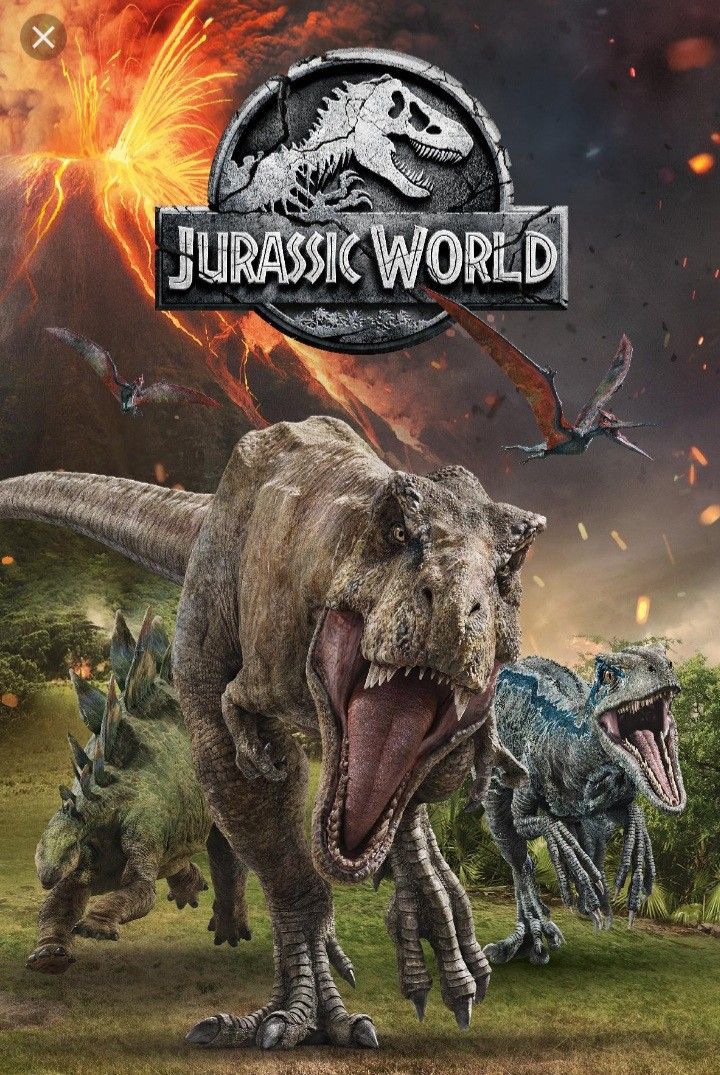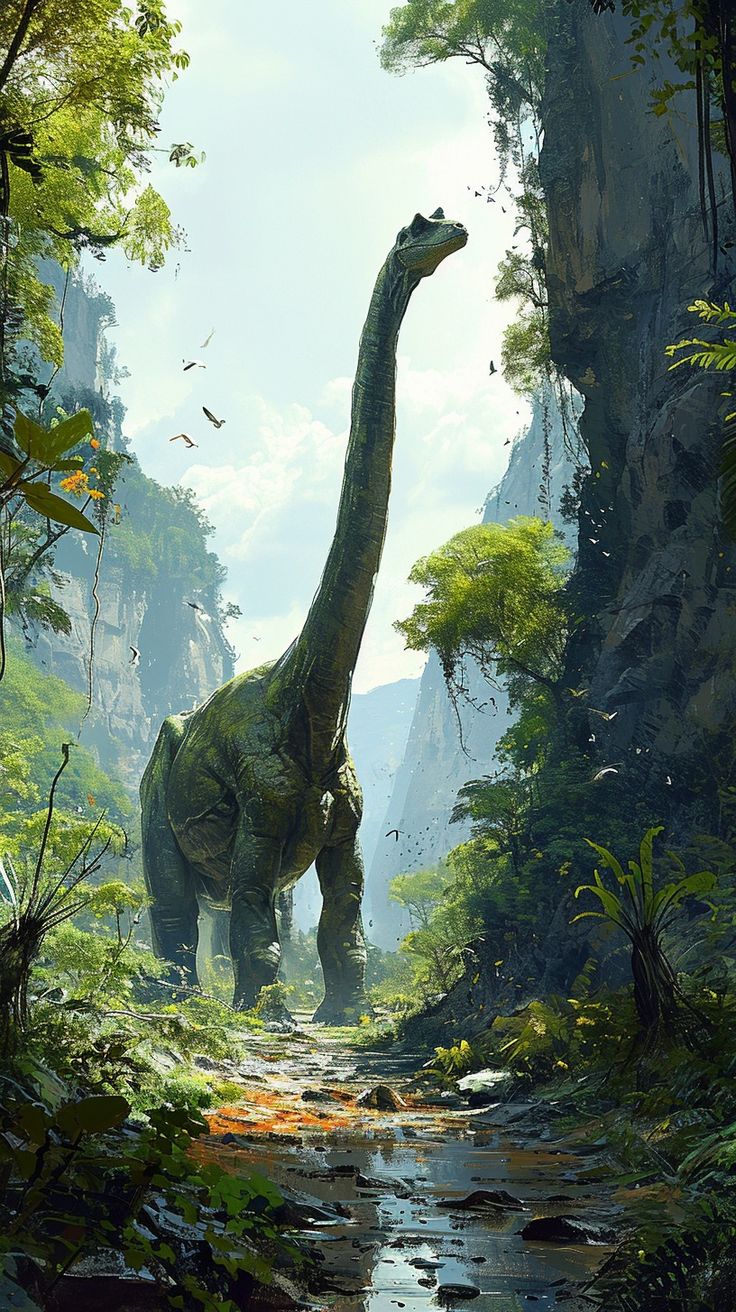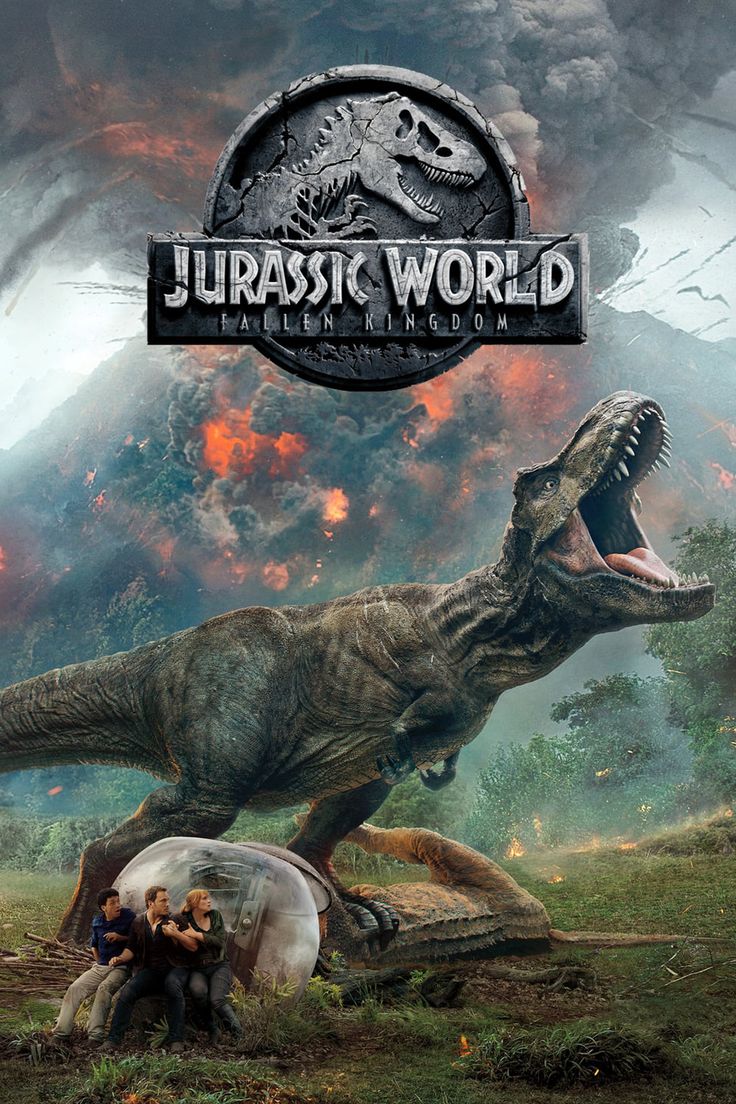“Jurassic Park,” directed by Steven Spielberg and released in 1993, is a seminal film that seamlessly blended science fiction with adventure, captivating audiences worldwide. Based on Michael Crichton’s novel, the movie explores the consequences of cloning dinosaurs through the revolutionary use of DNA technology, setting them in a modern theme park on Isla Nublar, a fictional island.

Plot Overview
The story begins with billionaire John Hammond and his company, InGen, creating a theme park featuring live dinosaurs cloned from prehistoric DNA. Before opening, Hammond invites a group of experts—paleontologists, a mathematician, and a lawyer—to endorse the park. However, their visit coincides with a catastrophic breakdown of the park’s security systems, leading to thrilling and terrifying encounters with the once-extinct creatures.
Technological Breakthroughs in Filmmaking
“Jurassic Park” is renowned for its groundbreaking visual effects. Spielberg collaborated with Industrial Light & Magic (ILM) to use cutting-edge CGI technology, along with life-sized animatronic dinosaurs, to create realistic creatures that had never been seen before on screen. This blend of technology not only set a new standard for visual effects but also significantly impacted future filmmaking techniques.

Themes and Symbolism
The film delves into themes such as the ethical implications of genetic manipulation, the intrinsic unpredictability of nature, and the dangers of human hubris. Ian Malcolm’s character, a chaos theorist, repeatedly warns about the unpredictability of nature and the consequences of using technology to play God.
Cultural and Commercial Impact
“Jurassic Park” was a monumental success, becoming the highest-grossing film at the time of its release and profoundly influencing popular culture. It sparked a renewed interest in paleontology, inspired numerous video games, toys, and a successful franchise, including sequels that extended the narrative of human interaction with dinosaurs.

Character Analysis
The film features a diverse cast that adds depth to the narrative. Sam Neill’s portrayal of Dr. Alan Grant showcases a transformation from a skeptical scientist to a heroic figure, while Laura Dern, as Dr. Ellie Sattler, emphasizes the role of women in scientific fields. Jeff Goldblum’s memorable performance as Dr. Ian Malcolm brings a philosophical perspective to the story, particularly concerning the ethics of scientific discovery.
Visual and Sound Design
Spielberg’s use of both visual and auditory cues creates a thrilling cinematic environment. The iconic T-Rex scene, where water in a glass vibrates with each step of the approaching dinosaur, is a brilliant use of suspense and audio effects. The soundtrack, composed by John Williams, further enhances the emotional and dramatic layers of the movie, making it an unforgettable viewing experience.

Legacy and Sequels
“Jurassic Park” left a lasting legacy on the film industry. Its innovative use of CGI technology opened new possibilities in storytelling, allowing filmmakers to visualize more complex narratives. The film spawned several sequels, each exploring different facets of the human-dinosaur dynamic but always echoing the original themes of awe and caution in the face of scientific advancement.

Conclusion: A Timeless Cinematic Achievement
“Jurassic Park” is more than just a blockbuster; it’s a landmark in cinematic history that combined storytelling, character development, and technological innovation to create a compelling and thought-provoking film. It remains a critical and commercial success, resonating with generations of viewers and holding a special place in the annals of film history. As we continue to advance in technology and science, “Jurassic Park” serves as a timeless reminder of the wonders and dangers of human curiosity.
